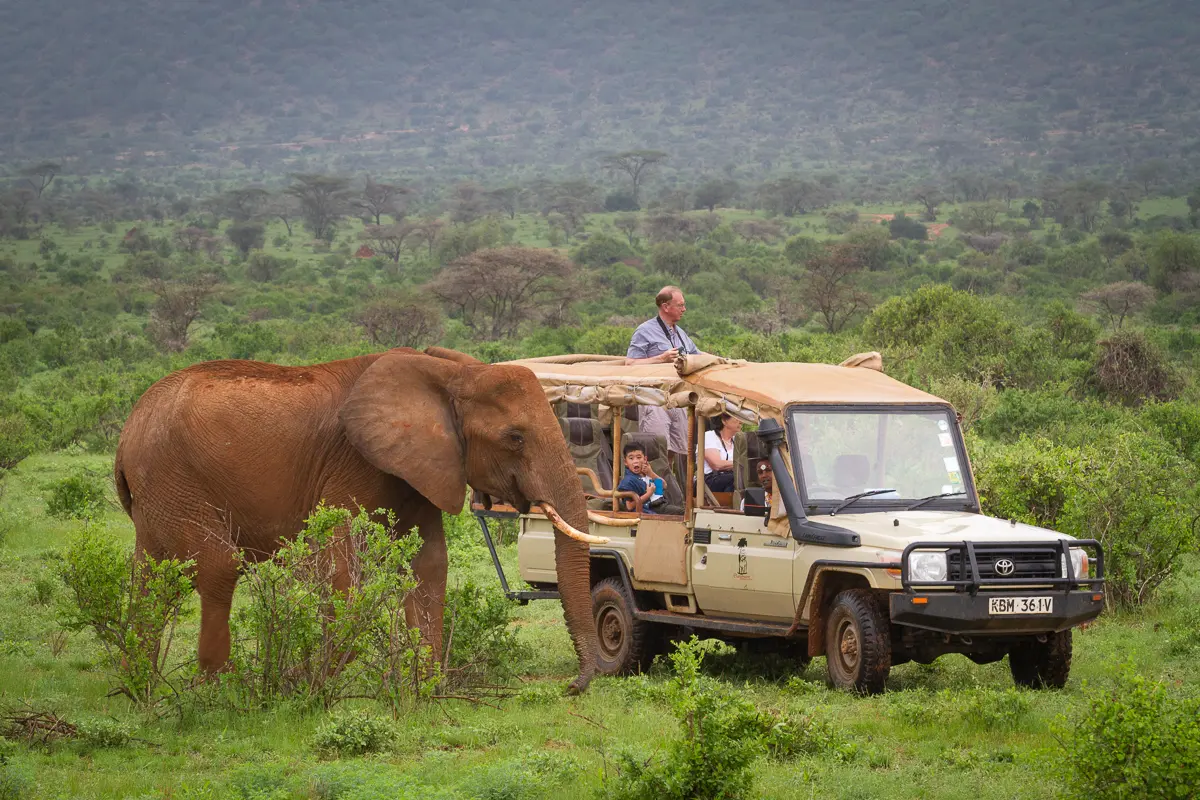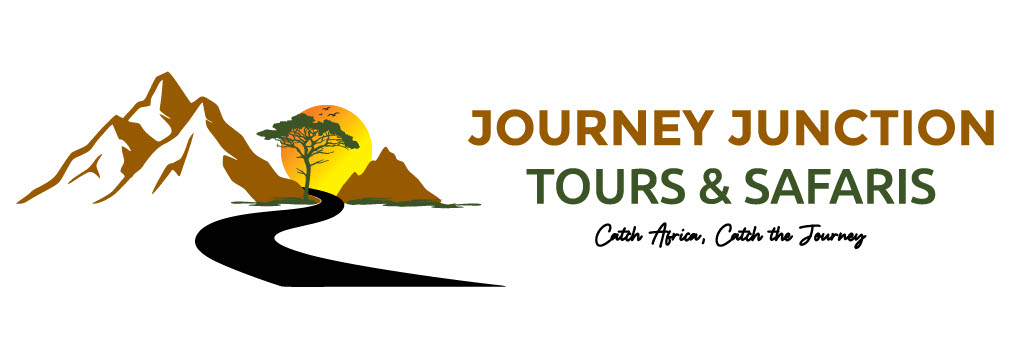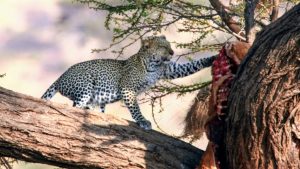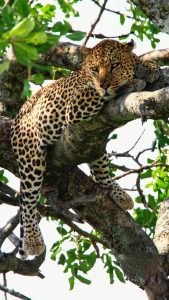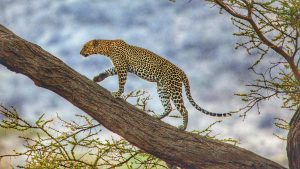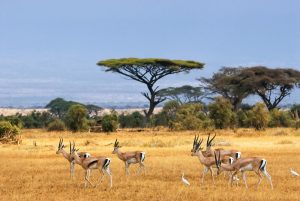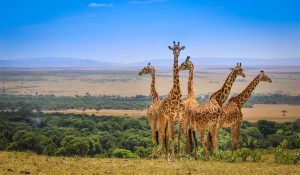Planning a safari in East Africa can feel overwhelming, especially when it comes to choosing the right time to travel. Kenya and Tanzania are year-round safari destinations, but the experiences vary depending on the season. Whether you dream of watching millions of wildebeest cross the Mara River, spotting newborn animals in the bush, or enjoying quieter parks with fewer crowds, the timing of your safari makes all the difference.
Dry Season (June – October)
This is the most popular safari period. Wildlife gathers around water sources, making them easier to spot. The skies are clear, the bush is thinner, and game viewing is exceptional.
Wet Season (November – May)
The rains bring lush green landscapes, fewer tourists, and the arrival of migratory birds. It’s also the calving season in the Serengeti (January – March), when thousands of wildebeest give birth, attracting predators like lions, leopards, and cheetahs.
Month-by-Month Safari Guide
- January – March: The Serengeti calving season. Witness thousands of wildebeest births and dramatic predator action.
- April – May: Long rains. Fewer visitors, discounted rates, and lush landscapes, though some roads may be muddy.
- June – July: Wildebeest migration moves north in the Serengeti, river crossings begin. Excellent game viewing in Kenya and Tanzania.
- August – October: Prime time for the Great Migration in Kenya’s Maasai Mara. Dry season makes wildlife easier to spot across both countries.
- November – December: Short rains refresh the land. Still great for wildlife, fewer crowds, and excellent birding opportunities.

